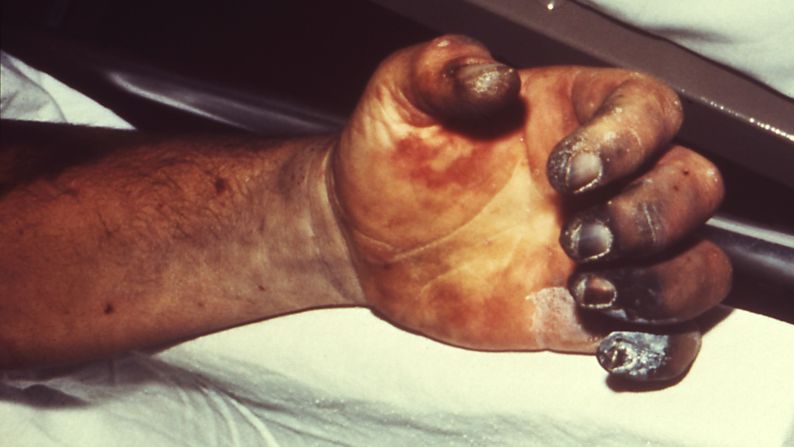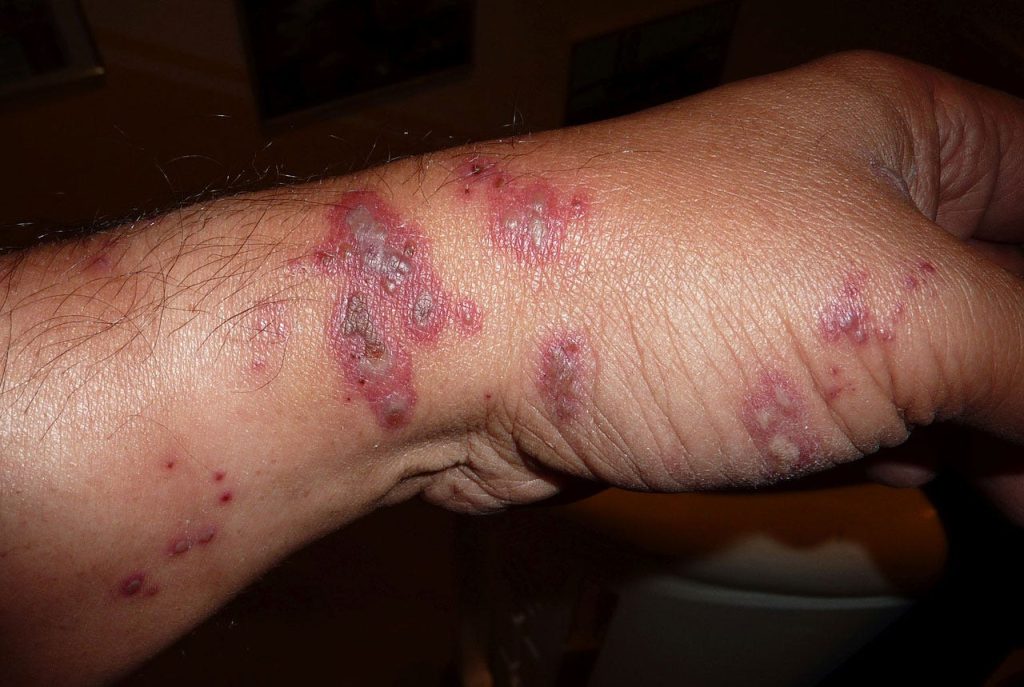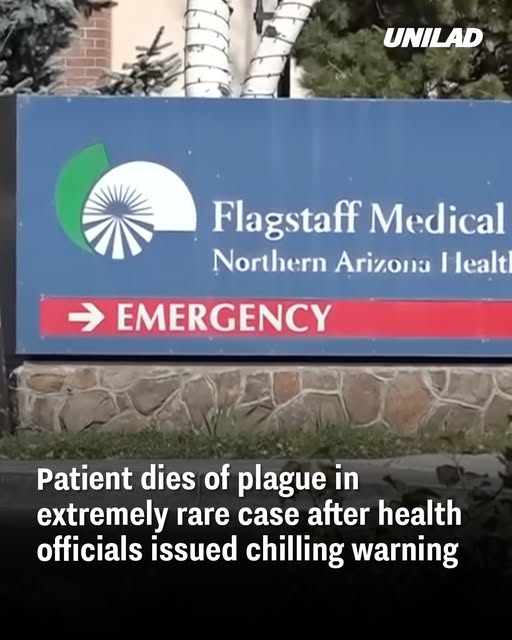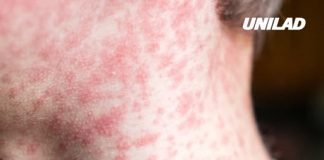Health officials in Arizona have confirmed the state’s first case of human plague since 2020. The patient, a resident of Navajo County in the northern part of the state, is currently receiving treatment.
Understanding the Plague: A Rare but Serious Illness
Plague is a serious bacterial infection caused by Yersinia pestis, a microorganism that can be transmitted to humans through flea bites or contact with infected animals. Though often associated with the devastating Black Death that ravaged Europe in the 14th century, the plague still exists in the modern era—albeit in much smaller numbers and usually in rural areas. While it is now treatable with antibiotics if diagnosed early, plague can still be deadly if left untreated. There are three main forms of the disease: bubonic, septicemic, and pneumonic. Bubonic plague, the most common type, typically causes swollen and painful lymph nodes. Septicemic and pneumonic forms are more severe and can spread rapidly within the body or even through respiratory droplets.

Where Plague Is Still Found Today
In the United States, the plague is most commonly found in the Southwest, particularly in Arizona, New Mexico, Colorado, and California. It naturally exists in wild rodent populations and their fleas, meaning the disease can sometimes spill over to humans. According to the Centers for Disease Control and Prevention (CDC), the U.S. typically records about seven human plague cases per year, mostly in rural or semi-rural areas. The confirmed case in Navajo County serves as a reminder that while rare, the disease still poses a health threat, especially in regions where contact with wild animals and their parasites is more common.
Preventive Measures and Public Warnings
Navajo County Public Health Services has urged residents to take precautions to avoid exposure. Their recommendations include avoiding contact with wild animals, especially dead rodents; keeping pets free of fleas; and preventing pets from roaming outdoors unsupervised. Residents are also advised not to handle sick or dead animals and to report any unusual wildlife behavior to authorities. Health officials are conducting environmental assessments to determine if fleas or animals in the area may also be carrying the bacterium. These efforts are aimed at identifying the source and mitigating any further risk to the community.
How to Spot and Respond to Symptoms
Symptoms of plague typically appear within two to six days of exposure and may include fever, chills, weakness, headache, and swollen lymph nodes. If the infection spreads to the lungs (pneumonic plague), it can cause coughing, chest pain, and difficulty breathing—signs that require immediate medical attention. Anyone experiencing these symptoms and who may have had exposure to rodents or fleas in rural areas is encouraged to seek care right away.

Conclusion: Staying Vigilant Despite Rarity
Although modern medicine has made plague far less dangerous than in the past, public health experts stress the importance of early detection and prompt treatment. The confirmed case in Arizona is a clear reminder of the need for awareness, especially in areas where the bacterium still naturally exists. With the right precautions and public health measures in place, the risks of further infection can be minimized.

















